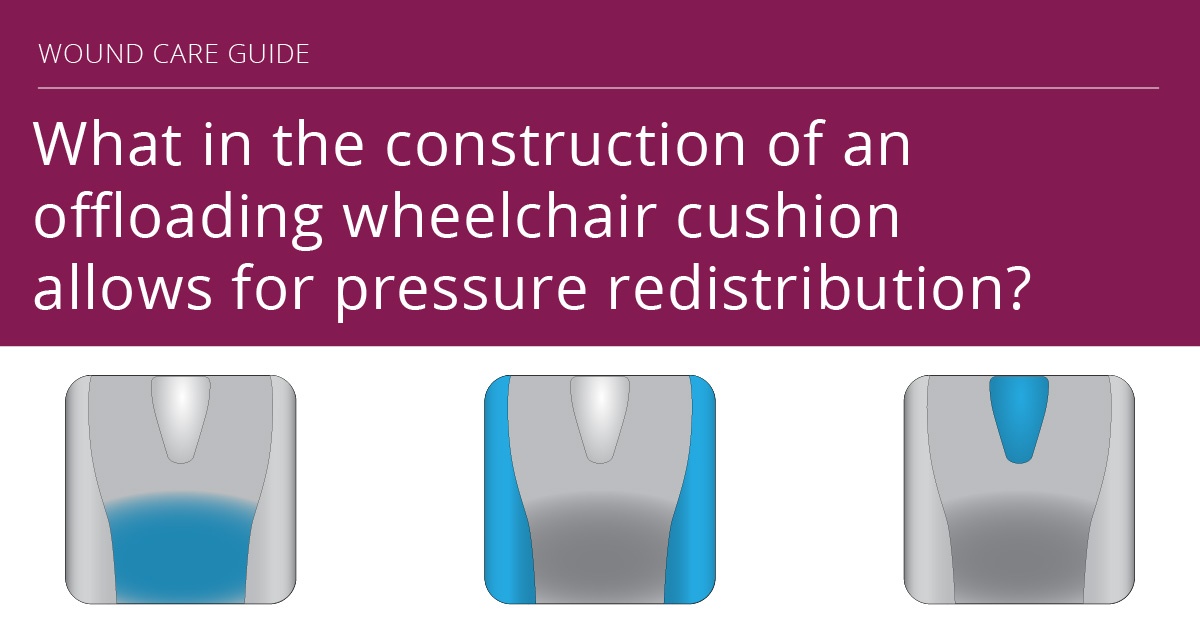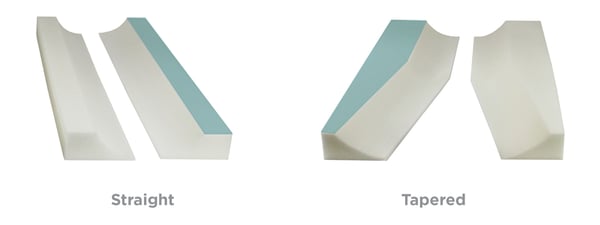Part 5 in our Pressure Management Guide series. See Part 1, Part 2, Part 3, and Part 4. Check out our comprehensive, digital Pressure Management Guide.
Through the built-in contours of an offloading style cushion, the therapist can help align and stabilize the spine, pelvis, and LEs to allow the pressure and shear forces to be transferred from a smaller surface area to a greater surface area. The contours needed for offloading pressure are:
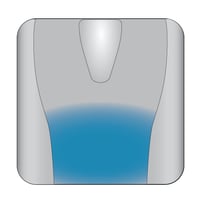 |
Deep Posterior Well When combined with lateral tapered adductors, offloads and suspends the ITs, sacrum, and coccyx and loads the femurs. |
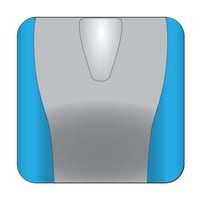 |
Lateral Tapered Adductors Align the LEs and prevent abduction and external rotation for maximum femoral loading. Assist to load the trochanters. |
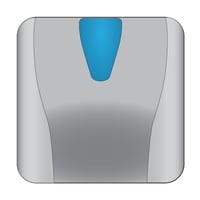 |
Medial Abductor Align the LEs and prevent adduction and internal rotation for maximum femoral loading. |
What does a posterior pelvic well do?
- Delineates where the pelvis is supposed to be on the cushion for stabilization and pressure redistribution
- Works in combination with lateral tapered adductors
- Loads the femurs
- Offloads and suspends the ITs, sacrum, and coccyx
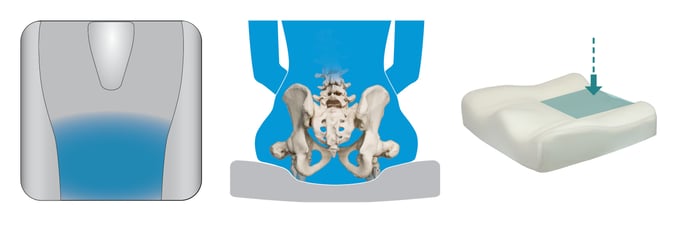
What do adductors do?
There are two styles of adductors, straight and tapered. They both provide LE alignment. Tapered adductors also have an offloading function for the pelvis.Straight Adductors
- Can be rear, front, or entire length of cushion
- Act as a boundary to assist with LE alignment
- Prevent abduction of LEs

What are the benefits of using straight adductors?
- Provides proprioceptive input to the lateral surface of the legs to help with LE alignment
Tapered Adductors
- Wider in the rear to form a shelf where the trochanters sit
- Allows for loading of trochanters and femurs for pressure redistribution
- Locks the head of the femur into the acetabulum, stabilizing the pelvis
- Promotes offloading of the ITs, sacrum, and coccyx

What are the benefits of using tapered adductors?
- Optimal offloading
- Pelvic stability for patients with trunk and pelvic weakness
- Prevents unwanted shifting in chair PLUS pressure redistribution
What does an abductor do?
- Minimizes adduction of LEs and promotes LE alignment
- Helps create leg troughs when combined with adductors
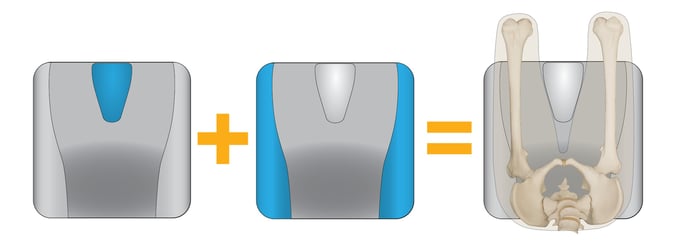
Through the contours of an offloading cushion, boundaries and borders are created that lock the head of the femur into the acetabulum. This helps to stabilize the pelvis and, in turn, the spine, and will align the pelvis and lower extremities to decrease the risk of the pelvis moving into unwanted postures.
Due to the predesignated shape, ALWAYS consider the anatomical shape of the patient and whether they “fit” into the predetermined contours. Often, a patient with very significant contractures such as a windswept deformity is not a good candidate for this style of cushion. If the patient does “fit” into the pre-contoured design, the construction of this style of cushion will add stability, alignment, and pressure distribution to protect the patient while simultaneously allowing maximum function! Stay tuned next week when we discuss the principles of immersion.
Want to learn more about pressure management and the prevention of pressure injuries? See our comprehensive digital Pressure Management Guide.

Ana Endsjo, MOTR/L, CLT
Clinical Education Manager LTC Division
Ana Endsjo has worked as an occupational therapist since 2001 in a variety of treatment settings. She has mainly worked with the geriatric population, dedicated to the betterment of the treatment of the elderly in LTC centers. Her focus has been on seating and positioning and contracture management of the nursing home resident. With this experience, her hope is to guide other therapists, rehab directors, nurses, and administrators through educational guides, blogs, webinars, and live courses in her role as Clinical Education Manager for the long term care division.
